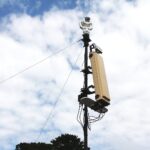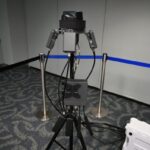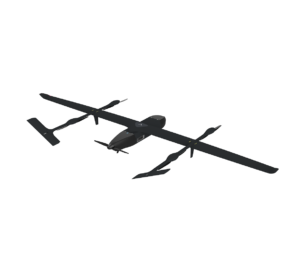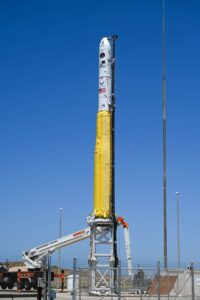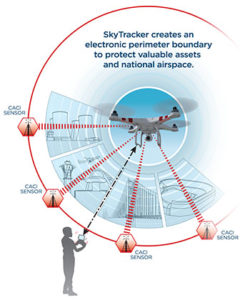
A Department of Homeland Security plan to authorize the Transportation Security Administration’s Federal Air Marshal Service (FAMS) to operate anti-drone technologies at U.S. airports goes against law passed by Congress last year, the top Republicans on two House Committees said last Thursday. “We believe this concept of operations is wholly inconsistent with, and contrary to the legislative intent of, the limited C-UAS authority provided by Congress to DHS,” Mike Rogers (Ala.), ranking member on the Homeland Security Committee, and Sam…

 By
By 
